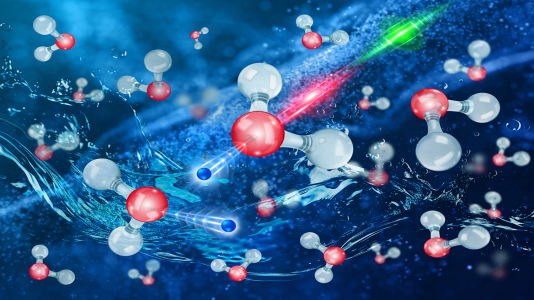2024-02-15 カリフォルニア大学サンタバーバラ校(UCSB)
◆気候目標を達成するためには、植物バイオマスを海底に沈める方法は有望であり、その炭素が何百年もしくは何千年もの間閉じ込められる理想的な方法です。しかし、このアイデアは未だ多くの不確実性に囲まれています。植物材料の大量導入がそれを投棄された地域の化学および生態系にどのように影響するか、また分解生成物が敏感な生息地に漏れ出さないようにする方法、または炭素が水柱を遡って表面で放出されることをどのように防ぐかなど、いくつかの思わぬ結果があります。これらは既に壊れやすい海洋生態系をさらに損なう可能性があるか、または炭素隔離の目標を達成できない可能性があります。
<関連情報>
- https://news.ucsb.edu/2024/021362/anoxic-marine-basins-are-among-best-candidates-deep-sea-carbon-sequestration
- https://agupubs.onlinelibrary.wiley.com/doi/full/10.1029/2023AV000950
無酸素海盆におけるバイオマス貯留: 地球化学的影響とCO2貯留能力の初期評価 Biomass Storage in Anoxic Marine Basins: Initial Estimates of Geochemical Impacts and CO2 Sequestration Capacity
M. R. Raven, M. A. Crotteau, N. Evans, Z. C. Girard, A. M. Martinez, I. Young, D. L. Valentine
AGU Advances Published: 13 January 2024
DOI:https://doi.org/10.1029/2023AV000950

Abstract
In combination with dramatic and immediate CO2 emissions reductions, net-negative atmospheric CO2 removal (CDR) is necessary to maintain average global temperature increases below 2.0°C. Many proposed CDR pathways involve the placement of vast quantities of organic carbon (biomass) on the seafloor in some form, but little is known about their potential biogeochemical impacts, especially at scales relevant for global climate. Here, we evaluate the potential impacts and durability of organic carbon storage specifically within deep anoxic basins, where organic matter (OM) is remineralized through anaerobic processes that may enhance its storage efficiency. We present simple biogeochemical and mixing models to quantify the scale of potential impacts of large-scale OM addition to the abyssal seafloor in the Black Sea, Cariaco Basin, and the hypersaline Orca Basin. These calculations reveal that the Black Sea in particular may have the potential to accept biomass storage at climatically relevant scales with moderate changes to the geochemical state of abyssal water and limited communication of that impact to surface water. Still, all of these systems would require extensive further evaluation prior to consideration of megatonne-scale CO2 sequestration. Many key unknowns remain, including the partitioning of breakdown among sulfate-reducing and methanogenic metabolisms and the fate of methane in the environment. Given the urgency of responsible CDR development and the potential for anoxic basins to reduce ecological risks to animal communities, efforts to address knowledge gaps related to microbial kinetics, benthic processes, and physical mixing in these systems are critically needed.
Key Points
- Organic carbon sequestration may be relatively efficient in parts of the ocean without O2, although its durability depends on local circulation
- The Black Sea may have the potential to durably sequester climatically relevant quantities of organic carbon
- Research is urgently needed to better understand potential biomass degradation rates and the mixing and transport of degradation products
Plain Language Summary
In addition to dramatically and immediately reducing CO2 emissions, it has become necessary to actively remove CO2 from the atmosphere in order to meet the goals of the Paris Agreement and avoid the worst effects of climate change. Several of the approaches to remove CO2 from the atmosphere that are currently being discussed involve trapping large amounts of CO2 as organic carbon in plants or algae and then storing that carbon in the deep ocean. Here we ask how this type of carbon storage would likely impact the ecology and chemistry of deep ocean environments, depending on the amount of material placed and its location. Within the limitations of these first simple calculations, we find that specific anoxic basins like the Black Sea may have the potential to sequester climatically relevant quantities of organic carbon for more than 1,000 years with moderate changes to deep water chemistry. With these results, it is our aim to motivate rigorous field and experimental studies that develop more nuanced models for the impacts of carbon storage in locations like the Black Sea.



